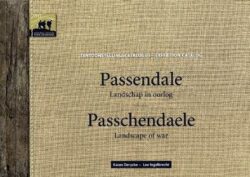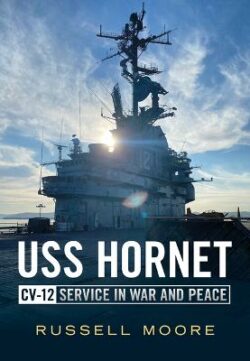Avro Shackleton
$130.00
Out of stock
Alert me when product is restocked
Description
Long-ranged maritime reconnaissance aircraft were a part of British wartime strategy since the First World War, in the form of flying boats. During the Second World War, the flying boats were increasingly replaced by land-based aircraft, such as the American Lend-Lease Flying Fortresses and Liberators. After the war, these aircraft were replaced by a purpose-built aircraft, the Avro Shackleton, which traced its ancestry through the Lincoln and Lancaster all the way back to the early Second World War bomber, the Manchester. The road from the Manchester to the Shackleton was a long one, and it is described comprehensively. The Shackleton itself went through two major changes – from the MR.1 to the MR.2, then from the MR.2 to the MR.3. Along with a detailed technical description of the Shackleton and its weaponry, photographs and accurate colour profiles accompany the text, to illustrate the Shackleton. This aircraft is compared and contrasted with its post-war piston-engined counterparts. Its former use with the United Kingdom and South Africa is also described. The current survivors, especially an MR.2 (WR963) in the United Kingdom and an AEW.2 (WL790) in the United States, are described in great detail.




